- Sichuan -
Called the Land of Abundance, is in abundance of diverse natural resources and cultural heritages, and has been one of the hot destinations for many travelers to China. Central Sichuan is also home to the giant panda. To the north the visage changes into a fairyland of alpine valleys and blue-green lakes. Sichuan’s Tibetan face appears as you venture west. This is Kham, one of the former Tibetan prefectures: a vast landscape of plateau grasslands and glacial mountains where Tibetan culture still thrives and you’re certain to have your most challenging, yet most magical, experiences.
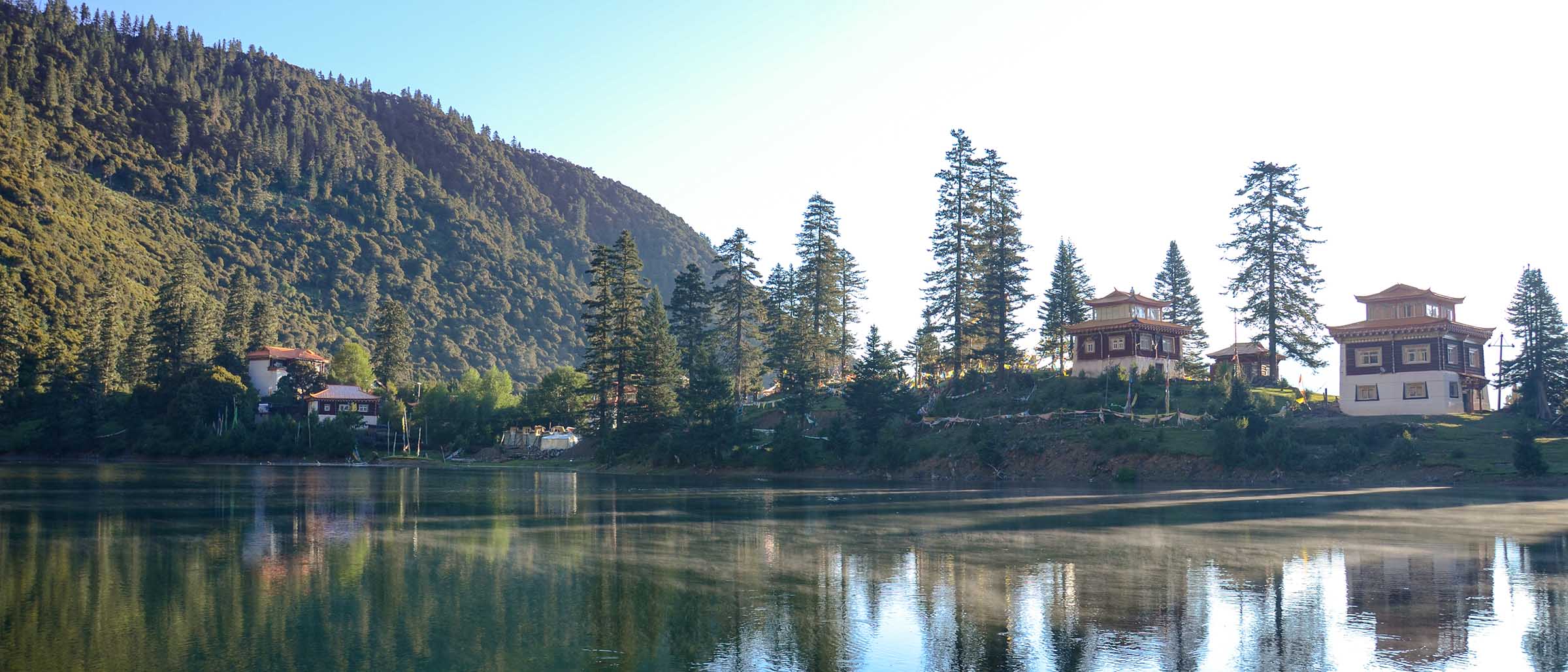
Basic Information
Chinese Name: 四川(Sichuan)
Location: the upper reach of the Yangtze River and the hinterland of Southwest China.
Provincial Capital: Chengdu
Acreage: about 485,000 square kilometers.
Famous Cities: Chengdu, Leshan, Jiuzhaigou, Kangding
Population: 83,750,000 (2019) in total; 55 ethnic groups with a population of 4.91 million(2010) in Sichuan.
Major Ethnic Group: The Han, Yi, Zang, Qiang, Miao, Tujia, Lisu, Naxi, Buyi, Bai, Zhuang, and Dai are indigenous ethnic groups in the Province.
Sichuan History
The Sichuan Basin and adjacent areas of the Yangtze watershed were a cradle of indigenous civilizations dating back to at least the 15th century BC, coinciding with the Shang in northern China. The region had its own distinct religious beliefs and worldview. The earliest culture found in the region through archaeological investigation is the Baodun culture (c.2700–1750 BC) excavated in the Chengdu Plain.
Concise History Thereafter
Han Dynasty (206BC-220AD) – The area became the center of world's lacquer craftwork and the birthplace of tea culture with advanced technology of Shu Brocade.
Five Dynasties period (907-960) – the emperor of Later Shu planted hibiscus all round the city wall, hence Chengdu got the nickname, Furong Cheng (Hibiscus City), or Rong Cheng for short.
Tang Dynasty (618-907) – Engraving typography was first invented and used here.
Song Dynasty (960-1279) – Chengdu led the list, being a foremost prosperous city on a par with Yangzhou which had the busiest water transport and port in China at that time. The earliest paper currency in the world 'Jiao Zi' was issued there during the Northern Song Dynasty (960-1127).
Ming (1368-1644) and Qing (1644-1911) dynasties – The previously flourishing city vanished during the war during the late Ming Dynasty but its economy made a gradual recovery during the Qing Dynasty. Through two expansions during Kangxi and Qianlong Periods, a grand new city evolved once more. Following the Opium War, the city went into a decline and its role overtaken by Chongqing.
In modern times, the city was re-established as the capital of Sichuan Province in 1928, and has remained so following the foundation of the PRC.
Sichuan Culture
As early as in the trace of human activity, the Wushan people and Ziyang people once lived in Sichuan. A saying goes like this, “The people from western and eastern Sichuan shared the same ancestors.” As Chinese civilization developed, the culture of Sichuan glowed with dazzling light in successive dynasties. Up until now, Sichuan remains a renewed and important part of Chinese culture.
With long history and strong cultural background, Sichuan boasts profound culture with various distinctive features. Characterized by incredible Sichuan Opera, fabulous Sichuan Cuisine, tea culture, and the local leisure life, Sichuan culture provides great fun and interesting activities to enjoy.
In the markets and streets as well as the village roads throughout Sichuan, you can see teahouses with unique Sichuan styles. Sitting in bamboo chairs, people gather around wooden tables, hold special tea wares exclusively owned by the teahouse and take a sip of fragrant tea.
Sichuan Grography
Sichuan province is located in western central China. The easternportion of the province has countless winding and spectacular rivers, most of them tributaries flowing southward to the Yangtze (Chang Jiang) — including the Min River. The western border with Tibet (Xizang Zizhiqu) follows the basin between the north-south running Ningjing and Shaluli mountain ranges in the west and east respectively. Sichuan also shares a border with Qinghai in the northwest and Shaanxi in the northeast. East of the Shaluli range, the Daxue range runs roughly parallel. East of the Dadu River from Daxue Shan, the Qionglai Mountains run northeast with the eastern edge falling sharply and ending the Tibetan Plateau. South of Qionglai Shan the Tibetan Plateau ends similarly with the southeast running Daliang Mountains. Sichuan also borders Hubei, Hunan, and Gansu provinces
Sichuan Climate
Sichuan is located in the transitional zone between Qinghai-Tibet Plateau and the eastern plains and therefore has complex and diverse climates with rather obvious regional differences and vertical changes. There are distinct disparities between east and west Sichuan as well.
The overall characteristics of Sichuan’s climate can be summarized as follows: monsoon climate is obvious and rain and heat happens in the same seasons; regional climate differences are prominent in that the east is characterized by warm winters, early springs, hot summers, rainy autumns, much cloud and fog, little sunshine and a long growing season while the west is characterized by coldness, long winters, almost no summer, sufficient sunshine, concentrated rainfall and distinct dry and rainy seasons; vertical climate changes are significant and climate types are varied; meteorological disasters happen in various forms with a high frequency and large scope, which are mainly droughts, rainstorms, floods and cold weather.e:
The best time to travel in Sichuan is in spring and autumn, especially in February and March, July to October. Spring is dry in Sichuan lowlands and south area, with little but concentrated precipitation on the plateau. Summer is hot in Sichuan lowlands and south area, but on the plateau, there seems no summer. In July, the temperature has reached 25ºC to 29 ºC in the lowlands, 11 ºC to 17 ºC on the plateau, and 22 ºC to 26 ºC in the south. Autumn is rainy season in Sichuan lowlands and south area, but is with strong sunshine on the plateau. Winter is warm in Sichuan lowlands and south area, but a little cold on the plateau. In January, the temperature may be 3 ºC to 8 ºC in the lowlands, -9 ºC to 3 ºC on the plateau, and 8 ºC to 13 ºC in the south.
Tourism Resources
Called the Land of Abundance, is in abundance of diverse natural resources, and has been one of hot destinations for many travelers to China.
It's fitting that an ancient form of opera and magic called bianlian (face-changing) originated here, for Sichuan is a land of many guises. Capital Chengdu shows a modern face, but just beyond its bustling ring roads you'll find a more traditional landscape of mist-shrouded, sacred mountains, and a countryside scattered with ancient villages and cliffs of carved Buddhas.
Central Sichuan is also home to the giant panda, the most famous face in China. In the south, expect a veil of history and a muted beauty that sees far fewer travellers than the rest of the region.
To the north the visage changes again into a fairyland of alpine valleys and blue-green lakes. Sìchuan’s Tibetan face appears as you venture west. This is Kham, one of the former Tibetan prefectures: a vast landscape of plateau grasslands and glacial mountains where Tibetan culture still thrives and you’re certain to have your most challenging, yet most magical, experiences.Most of western Sichuan, rich in tourism resources, still remains untapped and awaits the exploration by visitors.Once stepping on the Land of Abundance, you can enjoy the fun of travel as much as you can.
You can appreciate a wide variety of beautiful landscape including sacred & mysterious mountains, fairyland of alpine valley, blue-green lakes, vast landscape of plateau grassland, glacial mountains where Tibetan culture still thrives, beautiful waterfalls, limestone caves, evergreen bamboo forests…
Hot Destinations: Chengdu, Leshan, Emeishan, Dujiangyan, Daocheng, Kangding, Ganzar...
World Heritage Sites: Jiuzhaigou Valley Scenic Area, Huanglong Scenic Area, Leshan Giant Buddha, Mount Emei, Dujiangyan Irrigation System, Mount Qingcheng, Sichuan Giant Panda Sanctuaries (like Wolong Panda Reserve)
Other Popular Attractions: Mount Siguniang, Yading Scenic Area, Danba Tibetan Village, Xinduqiao, Hailuogou Glacier, Dagu Glacier, Ruoergai Grassland,
Featured Activities: Panda volunteering, Sichuan food cooking, hiking & walking, kung fu learning, photography, cultural travel, Buddhism & Taoism travels…
Sichuan Cuisine
Represented by the local dishes of Chengdu and Chongqing, Sichuan cuisine is a style of Chinese cuisine originating in the Sichuan Province of southwestern China. As one of China's Four Major Styles of Cooking, Sichuan cuisine features spicy, tongue-numbing, savory, delicious, oily and heavily seasoned flavor. Sichuan cuisine enjoys a time-honored history and is well-reputed home and abroad. In 2010, Chengdu was declared a “City of Gastronomy” by UNESCO Creative Cities Network.
Known as the "heavenly country", Sichuan highlights its abundance of food and natural resources. Therefore, Sichuan cuisine features the well-arranged and enriched seasonings, particularly the use of garlic, ginger, chili peppers, as well as the unique Sichuan prickly ash. All these seasonings create the characteristic pungency and spiciness of Sichuan cuisine.
Statistics show that the number of Sichuan dishes has surpassed 5,000. Some representative dishes include Kung Pao Chicken, Mapo Tofu, Fish-flavored Pork Shred, Twice Cooked Pork and Sichuan Hotpot.
Sichuan Festivals
As the land of abundance in China, Sichuan also has many ethnic minorities that boast brilliant and colorful festivals that worthy your time during your travel in Sichuan.
Litang horse racing festival
August 1st
The horse racing festival is held on August 1st annually on Litang County of Ganzi Tibetan Autonomous Prefecture of Sichuan Province. On that day, the herdsmen wearing splendid attire gather on Litang from far and near, celebrating the festival joyfully together. On the racing field, spectators can admire the galloping horses, breathtaking horse skill performances, unique plateau landscape with rich ethnic characteristics and an ocean of happiness. During the festival, there are huge crowds of people and a number of tents are set up on the grassland. Besides, a grand Buddhist ceremony is also held during the festival every year.
Xichang Torch Festival
Jun. 25th(lunar calendar)
Xichang Torch Festival of the Yi nationality is held annually on the 25th day of the six lunar month of the traditional Chinese calendar, lasting for three days. It is the traditional festival of the Yi nationality for driving away evil spirits and praying for a prosperous year. On that day, the local people and tourists from many other places gather there, dancing and singing joyfully in praise of the brilliant national culture and spirit. Xichang is the largest area in China, inhabited by the Yi nationality with rich ethnic customs. On the first day, the local people satisfy their stomach with mutton, beef and pure wine. On the second and third day, the climax of the festival reaches and people of all ages dressed in splendid attire gather together. The men participate in the traditional competitive sports, such as bullfight, horse racing and wrestling, while women are singing and dancing. At night, all the people holding torches sit together around the bonfire, dancing and rejoicing with wild excitement overnight. Thus, the torch festival is also celebrated as “the oriental Carnival”.
Siguniang Mountain Worship Festival
May 5th of lunar calendar
Siguniang Mountain Worship Festival is held on the May 5th of Lunar Calendar. On this day, local Tibetan (Jiarong Tibetan) from all different villages will dress their traditional clothes and gather together to celebrate it. The ancient religious rituals and joyful folk songs and dances will be performed to worship a harvest year.
Zigong Dinosaur Lantern Festival
Jan. 7th-Jan 15th of lunar calendar
The Dinosaur Lantern Festival in Zigong city is held around the Spring festival, which can be dated back to Tang (618-907) and Song (960-1279) Dynasties. During the festival, the China’s colorful traditional lantern made of bamboo, silk, paper and glass bottles will displayed, together with the colorful modern-style lanterns.
Wolong Panda Base
Chinese Name: 卧龙熊猫基地(Wolong Xiong Mao Ji Di)
Location: Gengda Township, Wolong, Aba Tibetan and Qiang Prefecture, Sichuan Province.
Ticket: CNY58.00
Estimated tour time: 2-3 hours
Recommended time to visit: Apr to Oct
Nearby attractions: Dengsheng Valley, Dujiangyan Irrigation System, Yingxiu Earthquake Site.
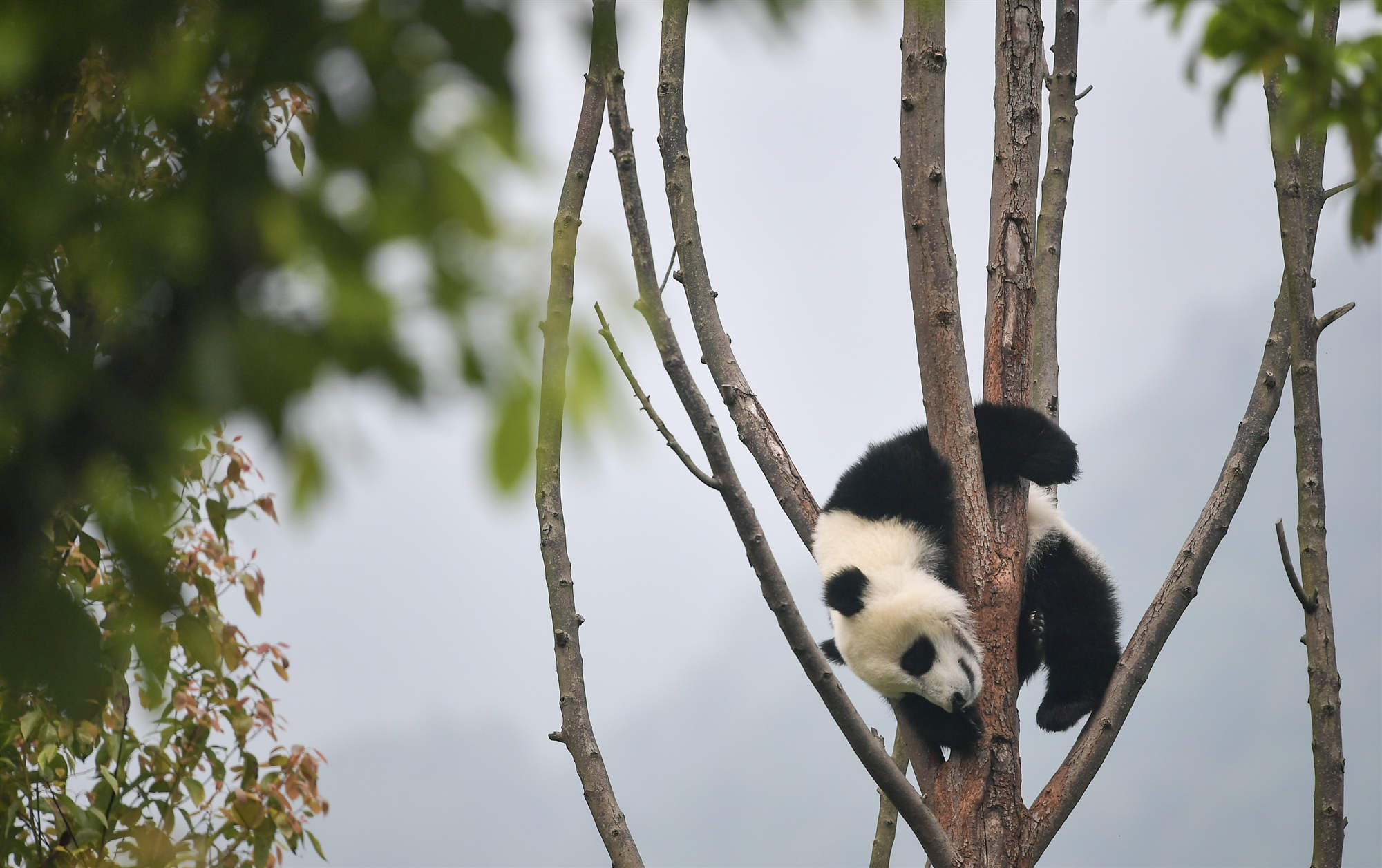
Wolong National Nature Reserve is located in the southwest of Wenchuan County, 130km (80 miles) from Chengdu, the capital of Sichuan Province. It is the core part of Sichuan Giant Panda Sanctuaries, one of the World Natural Heritages in China. Completed in 1963, Wolong National Natural Reserve is the earliest, largest and best-known panda reserve in China. It was placed on UNESCO Man and Biosphere Reserve Network in 1980. With the warm and humid climate favorable to bamboos, pandas' favorite food, it is an ideal place for the living and reproduction of giant pandas. Wolong National Nature Reserve is acclaimed as the Hometown of Giant Pandas, the National Treasure of China. More than one hundred pandas once inhabited there, accounting for over 10% of the nation's total.
Unfortunately, the Hetaoping Panda Center of Wolong Giant Panda Nature Reserve was badly destroyed by the Wenchuan Earthquake , the giant pandas have been relocated to the Bifengxia Panda Base, which is also managed by the China Panda Protection and Research Center.
After that, sponsored by the Hong Kong Special Administrative Region, a new panda center was built in Shenshuping of Gengda Town in the reserve and put into use since Oct. 30, 2012. From then on, pandas were transferred to their new home in batches.

At present, there are over 30 captive pandas in Shenshuping Panda Base and travelers can admire them in different enclosures, see them playing, eating bamboos and climbing trees, understand the living habits of giant pandas in the superb natural environment, join as panda volunteers to get close to their daily life.
The giant panda is the most famous species of the reserve. Other typical larger Carnivora are the Ussuri dhole, Asian black bear, Asiatic golden cat, red panda, hog badger and yellow-throated marten. Hooved mammals are represented by Sichuan takins, wild boar, musk deer, mainland serows, Chinese gorals, tufted deer and sambar deer. Other noticeable mammals include golden snub-nosed monkeys, Tibetan macaques, complex-toothed flying squirrels, bamboo rats, and porcupines. Because the reserve comprises different altitudes, it includes tropical and temperate climate zones and harbors species typically for the tropics, like clouded leopards and sambar deer as well as species from temperate regions, like white-lipped deer, snow leopards and Turkestan lynxes. Camera-trap surveys conducted in the reserve area between 2005 and 2009 did not record any leopard.

Panda Volunteer Program
In Wolong Panda Center, you can have a great opportunity to get close to the lovely giant pandas through the panda volunteer program.
During the program, the activities you can do include cleaning a panda enclosure, weighing and cleaning bamboo, clean the giant panda’s house, learn to make the cakes of giant pandas, feed the adorable giant panda in person with carrot, cakes and other their favorite food.You will also have time to tour around the panda center and watch a panda movie. After the panda volunteer program, you can get the honorable panda certificate and badge or other delicate souvenirs to keep your amazing and meaningful moments.

- $978.00
- 8D7N DAYS
01. Dagu Glacier, Arriving at the glacier of 4850m and staying with the wide and quite snow world, seeing No. 1 Glacier, and experiencing the powerful atmosphere of “standing on the highest mountain to view everything under their feet”02. …
Read More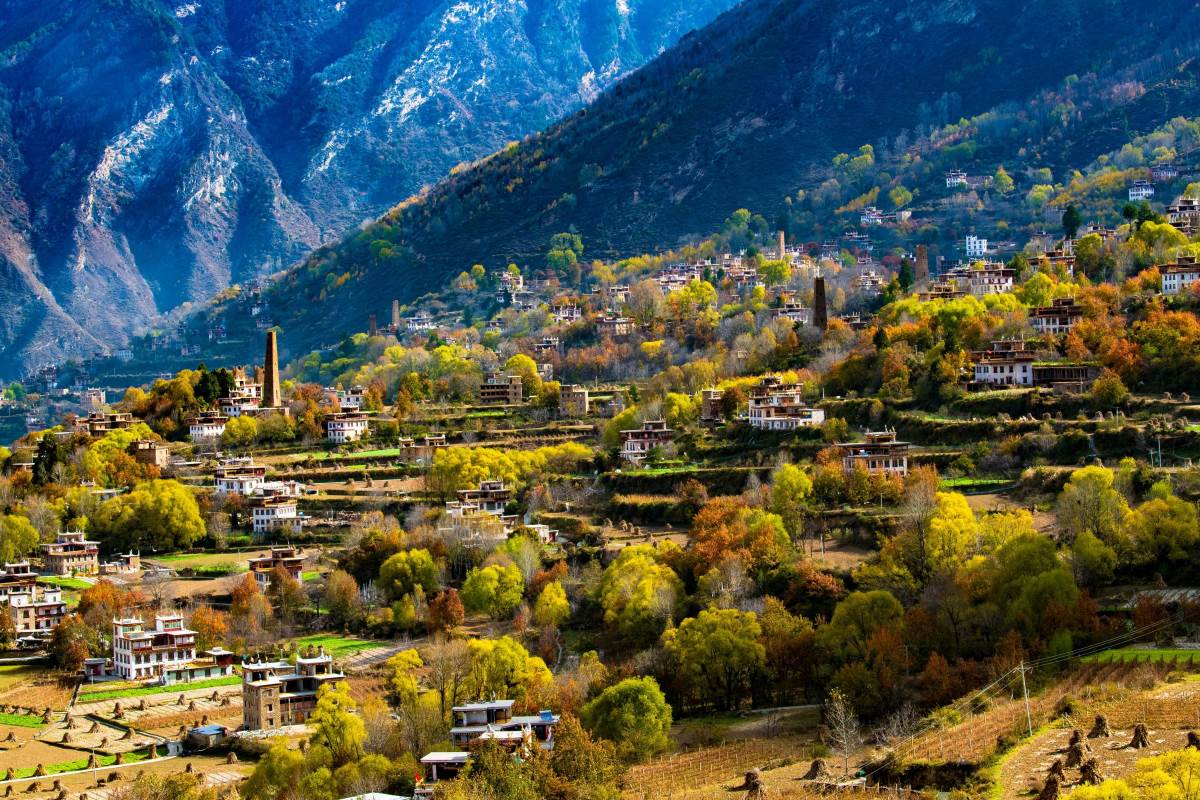
- $928.00
- 8D7N DAYS
01. Visit the world’s largest and most complete sanctuary for giant panda -Wolong Panda Reserve , where researchers are trying their best to release zoo panda to wild.02. Immerse yourself into the unique beauty of Western Sichuan in Mt Sigu…
Read More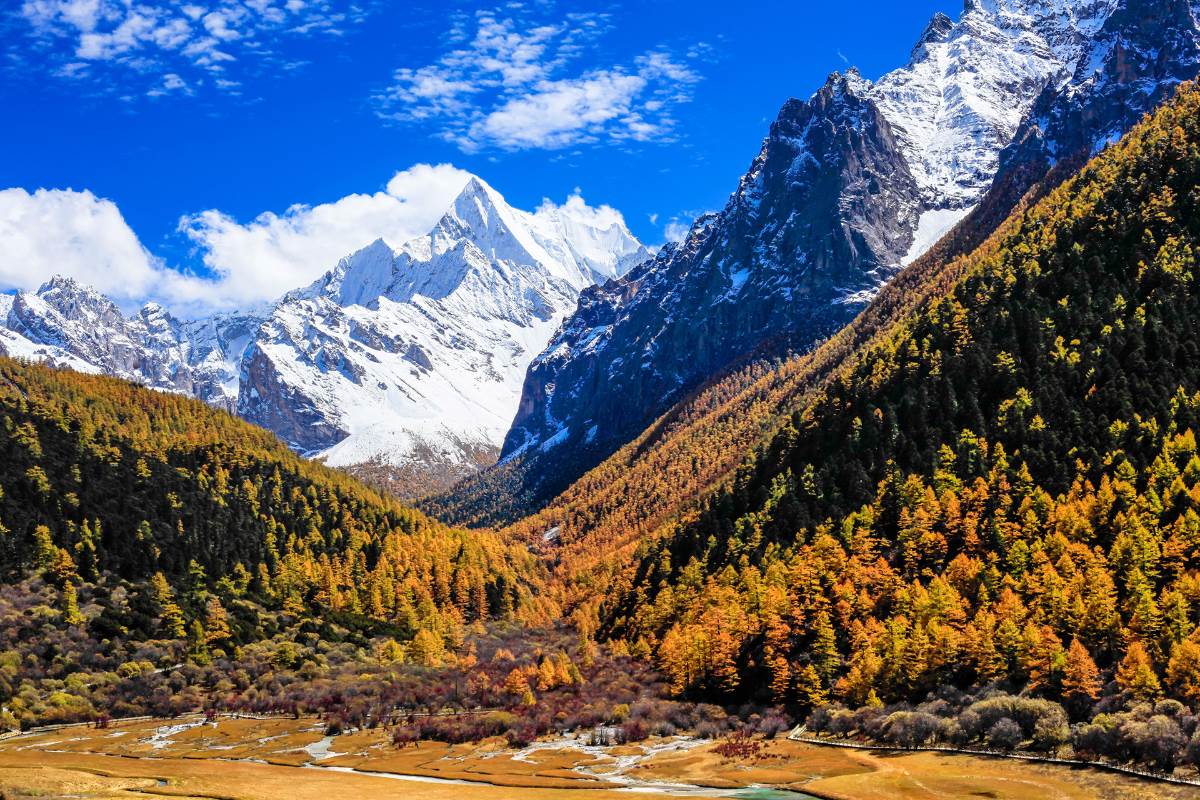
- $1028.00
- 9D8N DAYS
01. A classic photography tour deep into Danba, a county of watchtowers and China's top beautiful Tibetan villages, See different Tibetan people and also their unique Danba ancient stone towers, which was awarded as the top of the "…
Read More
- $548.00
- 6D5N DAYS
01. Visit Dujiangyan Irrigation System, explore the oldest and only surviving no-dam irrigation system in the world; and a wonder in the development of Chinese science.02. The famous place to enjoy the blossom of snow pear flowers in Jinchua…
Read More
- $USD598.00
- 6D5N DAYS
01. 2.5 days exploring Mt Siguniang by visiting Shuangqiao Valley and hiking Changping Valley and Haizi Valley, immerse yourself into the unique beauty of Western Sichuan in this Siguniang Trekking tour. Have a remarkable hiking to the Mount…
Read More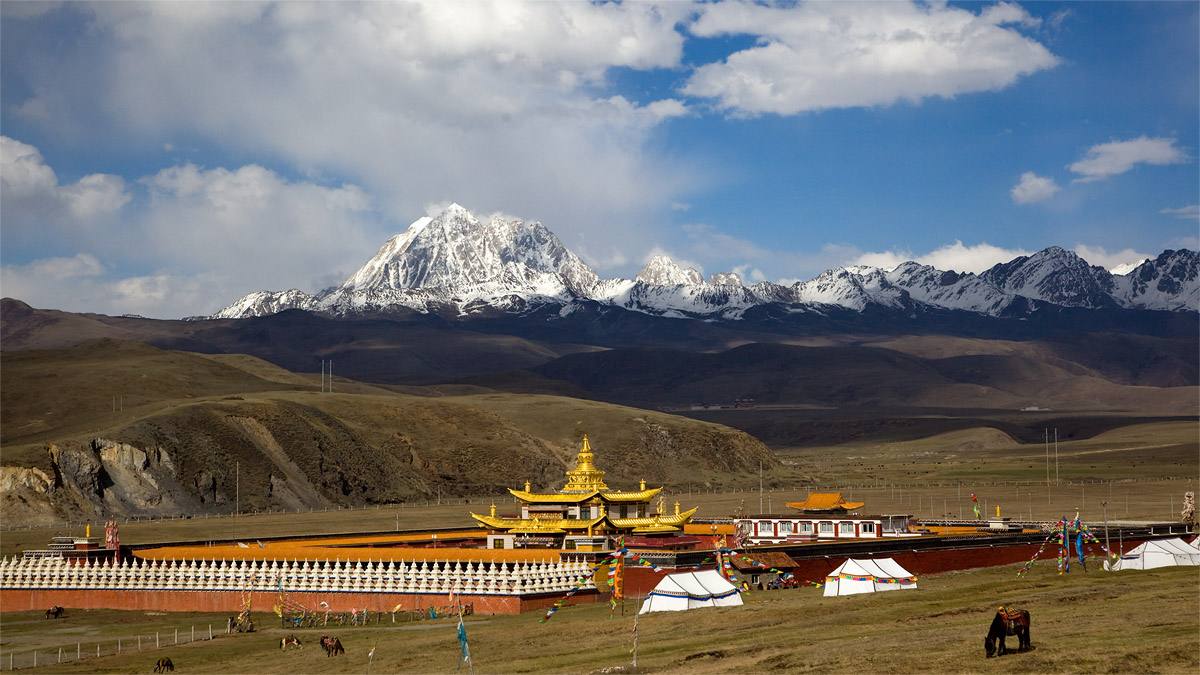
- $USD898.00
- 8D7N DAYS
01. Along the way, no matter on bus or during hiking, we will be surrounded by vast grasslands, forests, lakes and spectacular snowy mountains. Immerse in the amazing views, and feel the beauty of being close to nature!02. Walking in Danba T…
Read More
- $788.00
- 7D6N DAYS
01. A great tour of a visual feast to explore two magnificent World Heritage Site around Chengdu - Leshan Giant Buddha and Mount Emei in a leisure way.02. Enjoy the “king of shu mountains” Hailuogou Glacier , Hiking through the attractive …
Read More
- $1380.00
- 11D10N DAYS
01. A holy pilgrimage route that covers several topical Tibetan Buddhists monasteries in west Sichuan.02. splendid nature sceneries include grassland, snow-capped mountains, plateau lakes etc, ancient Tibetan villages, sacred monasterious, a…
Read More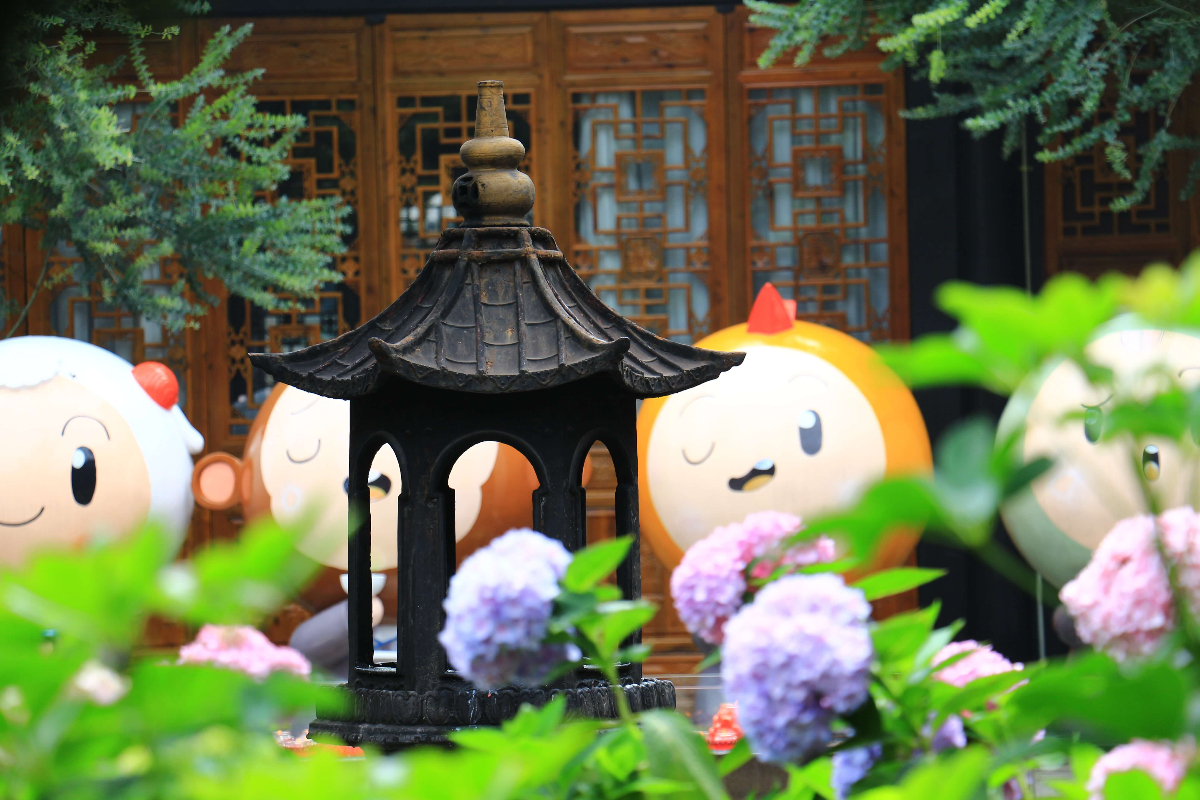
- $728.00
- 7D6N DAYS
01.Meet the lovely pandas in the Panda Breeding and Research Center, Getting a close-up look at China's most iconic residents.02. Enjoying a cup of traditional Chinese tea and absorb the special atmosphere of Chengdu.03. Play with Sichua…
Read More
- $680.00
- 8D7N DAYS
01. Have a walk in the believed-to-be “Paradise of Photographers” Xinduqiao to experience local Khampa Tibetan landscape and local people,enjoying the endless sub-alpine meadow, scattered yaks in Xinduqiao.02. Visiting the highest town in …
Read More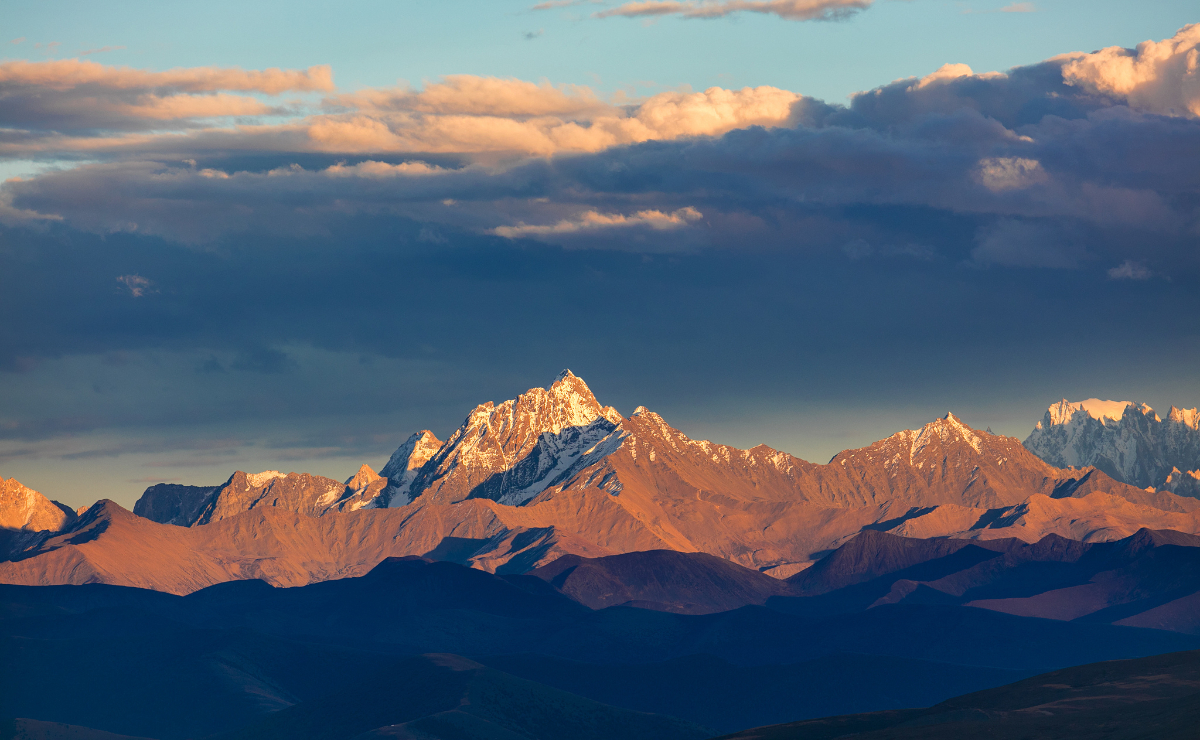
- $1380.00
- 9D8N DAYS
01. Trek beneath Minya Konka (7556m), the highest peak beyond the Himalaya, meet the distinctive Khampa and Minyak communities of the Kham region02. Be surrounded by vast grasslands, forests, lakes and spectacular snowy mountains. Immerse in…
Read More